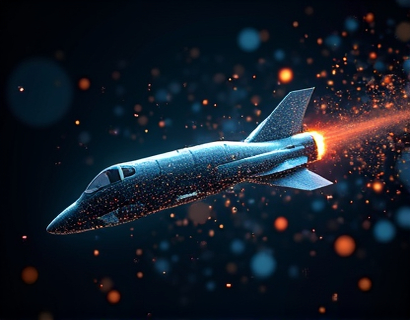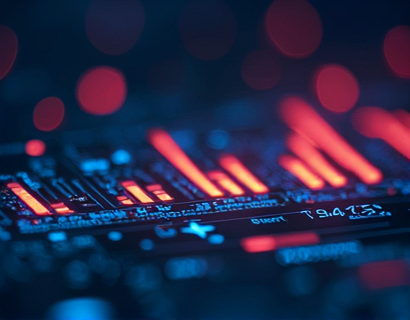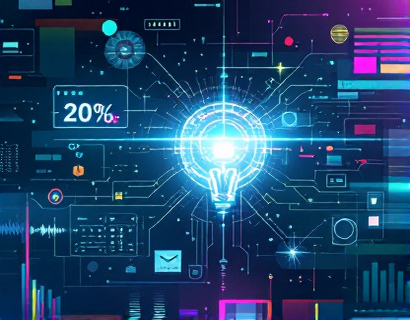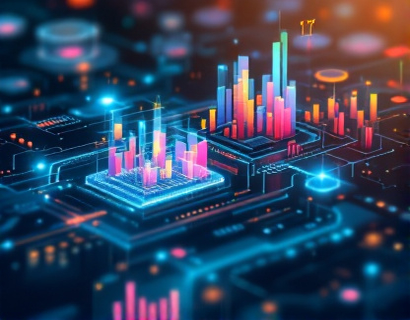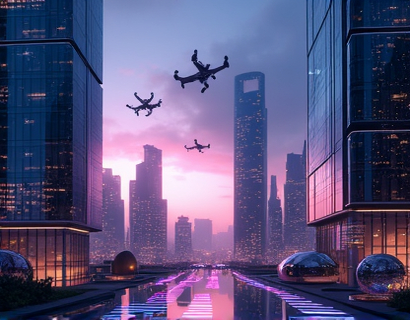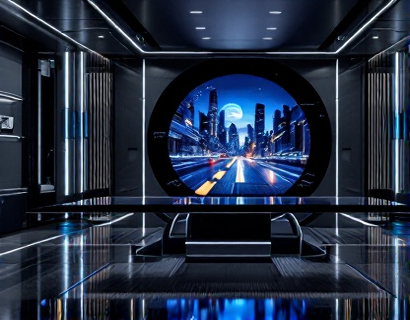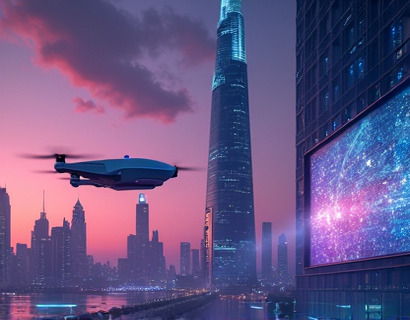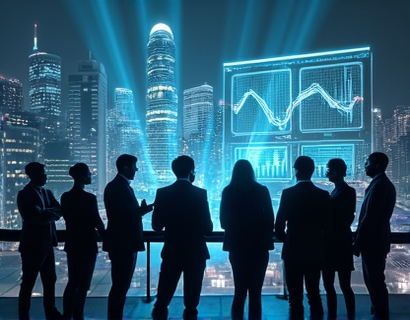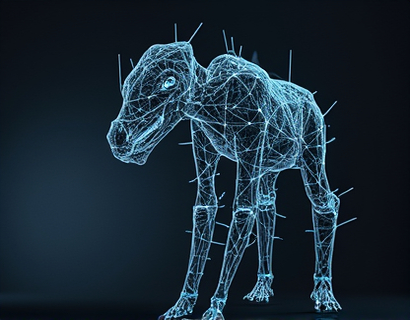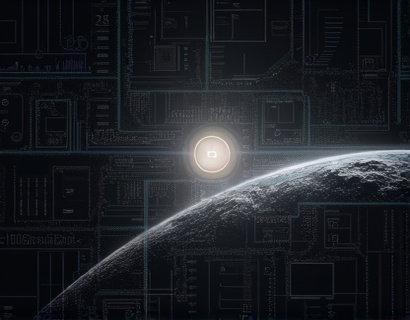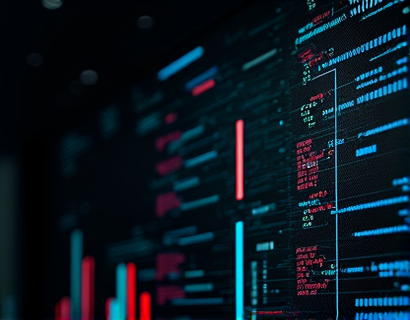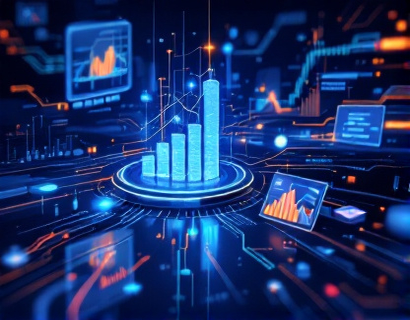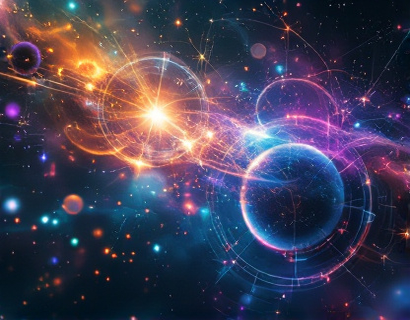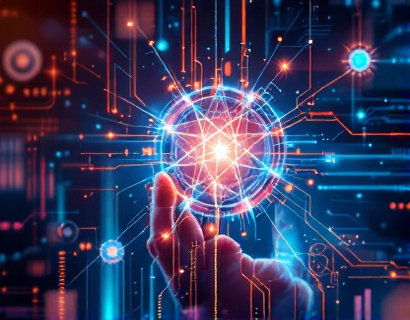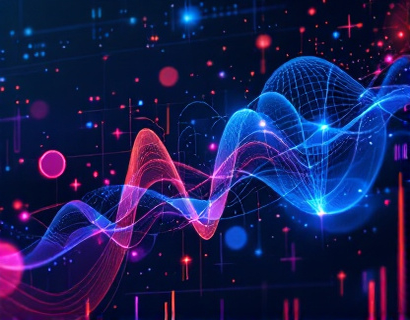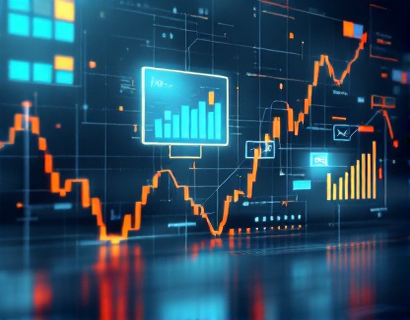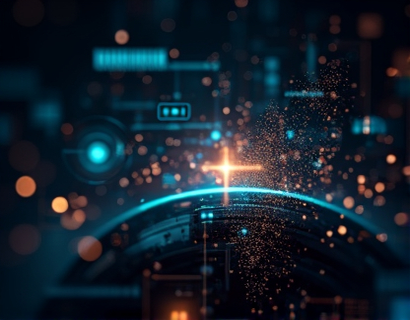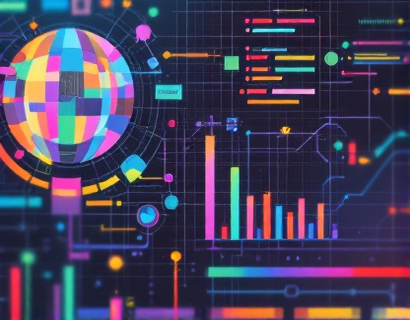The Synergy of AI and Crypto: Transforming Digital Experiences Through Blockchain and Machine Learning
The intersection of artificial intelligence (AI) and cryptocurrency is giving rise to a new era of digital transformation, one that promises to redefine how we interact with technology and each other. This fusion of blockchain and machine learning is not just a technological curiosity but a powerful force driving innovation across various sectors. As we delve into this topic, we will explore how the integration of these technologies is creating seamless and empowering digital experiences, opening up new possibilities for applications and services that were once thought impossible.
Understanding the Basics: AI, Blockchain, and Cryptocurrency
To fully appreciate the impact of AI and crypto fusion, it's essential to first understand the fundamental concepts of each technology. Artificial intelligence refers to the simulation of human intelligence processes by machines, particularly computer systems. These processes include learning (the acquisition of information and rules for using it), reasoning (using rules to reach approximate or definite conclusions), and self-correction. AI encompasses a wide range of technologies, from simple rule-based systems to complex machine learning algorithms and deep neural networks.
Blockchain, on the other hand, is a decentralized digital ledger technology that records transactions across multiple computers in such a way that the registered transactions cannot be altered retroactively. This technology ensures transparency, security, and immutability, making it ideal for applications requiring trust and verification without intermediaries. Cryptocurrency, the most well-known application of blockchain, is a digital or virtual currency that uses cryptography for security and operates on a decentralized network.
The Convergence Point: Blockchain and Machine Learning
The true potential of AI and crypto begins to emerge when these technologies converge. Blockchain provides a secure and transparent environment for machine learning models to operate, ensuring data integrity and reducing the risk of fraud. Machine learning, with its ability to analyze vast amounts of data and identify patterns, can enhance the functionality and efficiency of blockchain-based systems. This synergy opens up new avenues for developing smart contracts that are not only executable but also adaptive and learning.
For instance, in the realm of supply chain management, blockchain can track the movement of goods with unprecedented transparency, while machine learning can predict demand, optimize inventory, and detect anomalies in real-time. This combination ensures a more efficient, secure, and responsive supply chain, benefiting businesses and consumers alike.
Enhancing Security with AI and Blockchain
Security is a paramount concern in both AI and cryptocurrency domains. AI can significantly bolster the security of blockchain networks by detecting and mitigating threats more effectively than traditional methods. Machine learning algorithms can analyze network traffic, identify unusual patterns, and predict potential attacks, enabling proactive security measures. This is particularly crucial in a decentralized environment where traditional security models may fall short.
Moreover, AI can enhance the security of private keys and wallet management in cryptocurrency. By using machine learning to analyze user behavior, systems can detect unauthorized access attempts and prevent fraudulent transactions. This fusion not only protects user assets but also builds trust in the digital economy.
Smart Contracts: The Future of Automated Agreements
One of the most exciting applications of the AI and blockchain fusion is the evolution of smart contracts. Traditional smart contracts are self-executing contracts with the terms of the agreement directly written into code. However, with the integration of machine learning, smart contracts can become more intelligent and adaptive. These enhanced smart contracts can learn from past transactions and data, adjusting their parameters to optimize outcomes and reduce the need for manual intervention.
For example, in the insurance industry, AI-driven smart contracts can automatically assess claims based on real-time data from IoT devices, such as vehicle sensors or health monitors. This not only speeds up the claims process but also ensures fair and accurate payouts, reducing fraud and improving customer satisfaction.
Personalized User Experiences through AI and Blockchain
The combination of AI and blockchain is also revolutionizing how digital services and applications cater to individual users. By leveraging machine learning, these platforms can offer highly personalized experiences, tailored to each user's preferences and behavior. Blockchain ensures that user data is secure and owned by the user, providing a level of privacy and control that is often lacking in traditional systems.
Consider a digital content platform that uses AI to curate content based on a user's viewing history and preferences, while blockchain ensures that content creators are fairly compensated for their work. This not only enhances the user experience but also supports a sustainable ecosystem for content creators.
Decentralized Finance (DeFi) and AI
Decentralized Finance (DeFi) is a prime example of how AI and blockchain are transforming the financial sector. DeFi platforms leverage blockchain to provide financial services such as lending, borrowing, and trading without intermediaries. AI can further enhance DeFi by providing predictive analytics, risk assessment, and automated trading strategies. These AI-driven tools can help users make more informed decisions and optimize their financial outcomes.
For instance, AI algorithms can analyze market trends and predict price movements, enabling automated trading bots to execute trades at optimal times. This not only increases efficiency but also opens up financial opportunities to a broader audience, including those in underserved regions.
Challenges and Considerations
While the fusion of AI and blockchain offers immense potential, it also comes with its own set of challenges. One of the primary concerns is scalability. Blockchain networks, especially those using proof-of-work consensus mechanisms, can struggle with high transaction volumes and slow processing times. AI algorithms, particularly those requiring significant computational power, can exacerbate these issues. However, the development of more efficient consensus mechanisms and the adoption of proof-of-stake models are helping to address these scalability concerns.
Another challenge is the regulatory landscape. The intersection of AI and cryptocurrency operates in a relatively uncharted legal territory, with varying regulations across different jurisdictions. Ensuring compliance while fostering innovation is a delicate balance that requires collaboration between technologists, policymakers, and industry stakeholders.
The Future Landscape: Opportunities and Innovations
Looking ahead, the fusion of AI and blockchain is poised to drive numerous innovations across various industries. In healthcare, AI-driven analytics on blockchain-secured medical records can lead to more accurate diagnoses and personalized treatment plans. In the realm of education, blockchain can ensure the authenticity of digital credentials, while AI can personalize learning experiences based on individual student needs.
The Internet of Things (IoT) is another area where AI and blockchain can create significant value. By securing and optimizing the vast amounts of data generated by IoT devices, these technologies can enable more efficient and intelligent connected systems. Smart cities, for example, can leverage AI and blockchain to manage resources, reduce waste, and enhance the quality of life for residents.
Conclusion
The convergence of AI and blockchain is not just a technological trend but a transformative force reshaping the digital landscape. By combining the strengths of machine learning and blockchain, we are witnessing the emergence of more secure, efficient, and personalized digital experiences. As this fusion continues to evolve, it will open up new possibilities for innovation, driving us toward a future where technology serves humanity in unprecedented ways.




